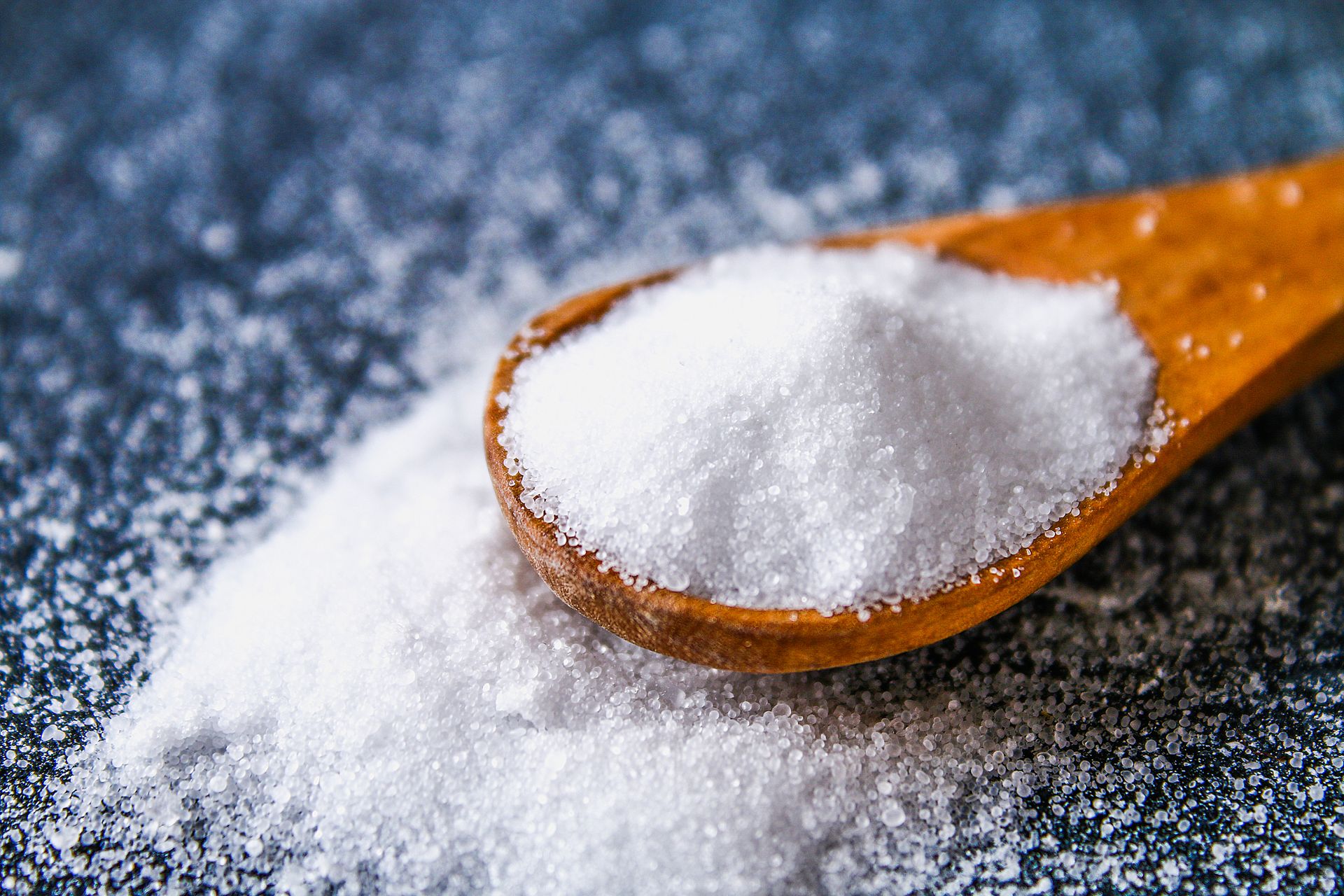Crystals of shallow salt in a scoop, spoon on a dark gray table. Background for advertising salt. Table salty. Salted foodContinue reading Crystals of shallow salt in a scoop, spoon on a dark gray table. Background for advertising salt. Table salty. Salted food.
Did you know that most Americans eat about one-third of their calories away from home? If you’ve logged any of your restaurant choices into the Lose It! app, you may have been alerted of their high sodium content even if you chose the healthier options. This is because it’s actually pretty hard to even find a low-sodium meal when eating out. With one-third of food choices relying on restaurant or convenience food, it’s not a wonder the average daily salt intake is much too high.
The good news?
The Food and Drug Administration (FDA) is working to encourage the industry to gradually reduce sodium in a wide range of foods. It is giving food companies and restaurants two and a half years, starting October 2021, to adjust their recipes to lower the sodium content. The overall goal is to reduce Americans’ daily sodium consumption by at least 10% in hopes to lower the average to 3,000 mg.
How much sodium should I be consuming?
It’s recommended for ages 14 and older to consume 2300 mg sodium or less per day. Most Americans are consuming about 3,400 mg. That’s about 50% more than the recommended amount.
Why does sodium matter?
Excess sodium intake can raise blood pressure which may contribute to heart disease or stroke. According to the Centers for Disease Control (CDC), heart disease is the number one cause of death in the United States. One in three adults has high blood pressure, which is known as the silent killer because if you aren’t monitoring it at the doctor or through HIGI machines, then you may not have any symptoms, therefore not even realizing you have it.
“But I don’t salt my foods, so I should be good.”
Actually, this thought is a bit outdated. While salting your food does add sodium, it turns out that the majority of salt intake comes from what’s already in processed, packaged, and prepared foods.
How can I reduce my sodium intake in the meantime?
- Read those nutrition facts panels and ingredients. Select foods with a 5% daily value of sodium or 140mg of sodium per serving. These choices are considered low sodium. When possible, avoid options with a 20% daily value of sodium.
- Increase your intake of fresh fruits and vegetables. These two food groups contain no added sodium. Many frozen vegetables are a great choice, too. Read more about fresh and frozen vegetables in our previous blog post.
- Use the Lose It! app to familiarize yourself with your typical sodium intake across a day or week. Then work on making product swaps or adjustments to stay below those daily target ranges.
- Work with a registered dietitian if you need help with product swaps or meal planning.
- Familiarize yourself with the DASH diet, which is short for Dietary Approaches to Stopping Hypertension. We talked about it more here.
Looking for more information? Read more about the FDA’s announcement here.
Comment below your favorite low-sodium food choices or tips for how you follow a low-sodium diet.

